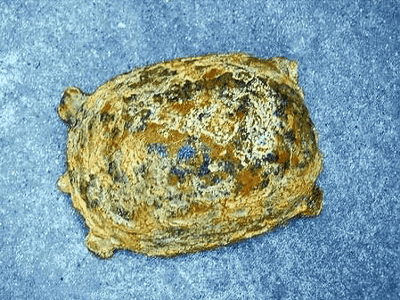`` Hummingbird-sized dinosaur head '' is found in amber 99 million years ago

Made by curing natural resin under high temperature and high pressure
Hummingbird-sized dinosaur from the Cretaceous period of Myanmar | Nature
https://www.nature.com/articles/s41586-020-2068-4
Tiny bird fossil might be the world's smallest dinosaur
https://www.nature.com/articles/d41586-020-00576-6
Trapped in amber, this could be the smallest dinosaur ever found | Live Science
https://www.livescience.com/smallest-dinosaur-of-mesozoic.html

The amber reported this time was discovered at a mine in Myanmar in 2016, and after being purchased by Khaung Ra, it was donated to a Chinese museum. Looking at the image below, you can see that a dinosaur head resembling a bird's head is buried on the right side of the oval amber.

Amber was formed approximately 99 million years ago and weighed only 2 grams. The research team says the size is as small as the
A research team from Jingmai O'Connor and others who study ancient vertebrates at the Chinese Academy of Sciences donated to the museum the words `` oculus (eye) '', `` dentes (teeth) '', `` aves (bird) '' in Latin. Combined with the name of Khaung Ra, the dinosaur was named ' Oculudentavis khaungraae '.
In the following movie, you can see how O'Connor talks passionately about Oculudentavis khaungraae.
The bird in amber: A tiny skull from the age of dinosaurs-YouTube
'When I first saw this specimen, I was completely overwhelmed,' says ...
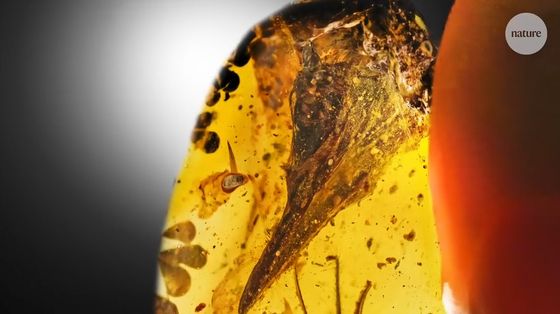
O'Connor who studies ancient creatures such as dinosaurs in China.
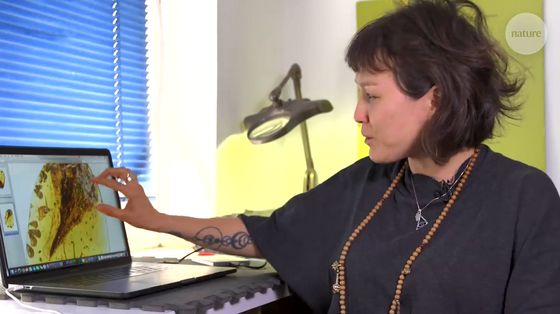
The head of a dinosaur trapped in amber is like a bird and is surprisingly small.
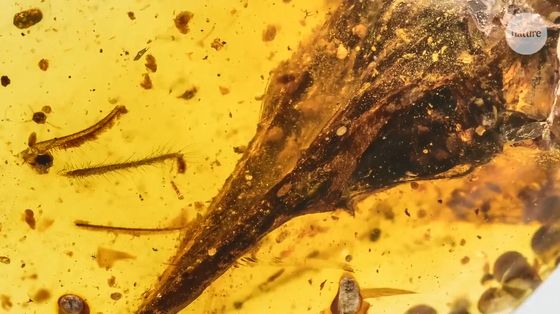
Too great, O'Connor told his colleagues, 'Look! It's cool!'
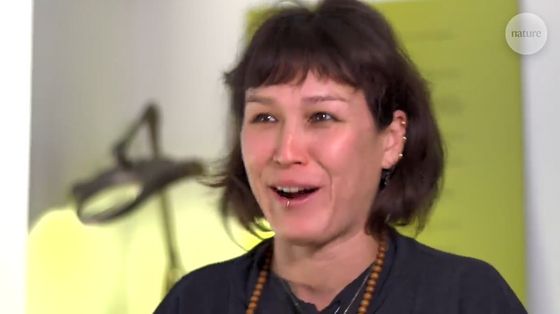
Speaking of dinosaurs, many people think of giant fossils and skeletal specimens as seen in museums ...
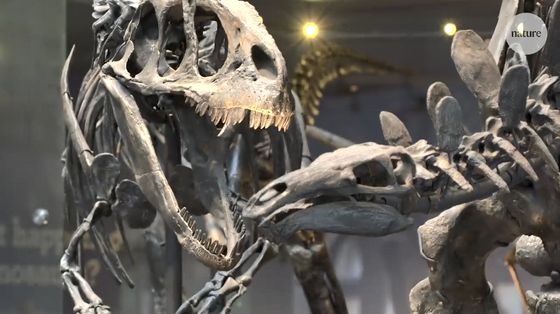
Recent studies have revealed that very small dinosaurs coexist with huge dinosaurs.
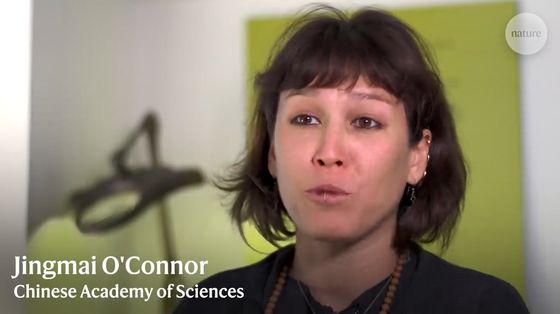
Since small dinosaurs are difficult to remain as fossils, it is very important to find individuals buried in amber. O'Connor states that ancient creatures trapped in amber often have soft tissue left behind, 'as if they died yesterday.'
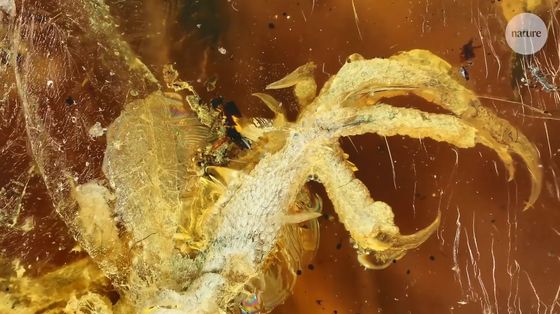
Oculudentavis khaungraae, whose head was discovered, is a very small dinosaur ...
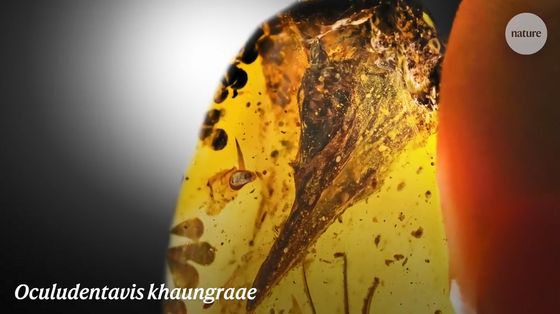
Size comparable to hummingbirds. O'Connor says he has never seen a dinosaur so small.
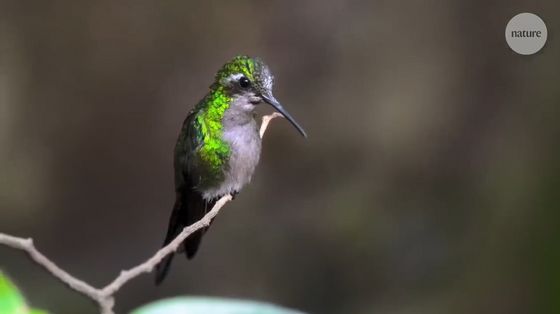
Analysis by CT scan shows that the jaws of Oculudentavis khaungraae are lined with as many as 100 teeth fused with the skull.

Surprisingly, the teeth are lined up just below the eyes, 'this suggests how large Oculudentavis khaungraae was able to open his mouth,' O'Connor points out.
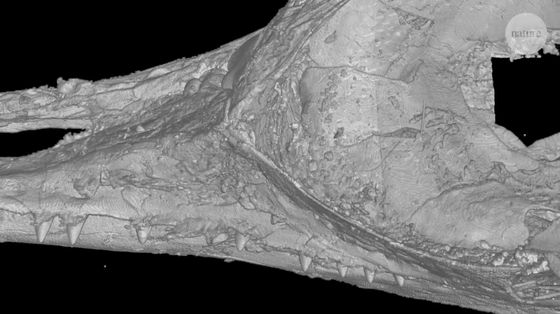
Oculudentavis khaungraae is thought to have been active during the day, as both eyes were on the sides of the head and it was speculated that the eyes had pupils.
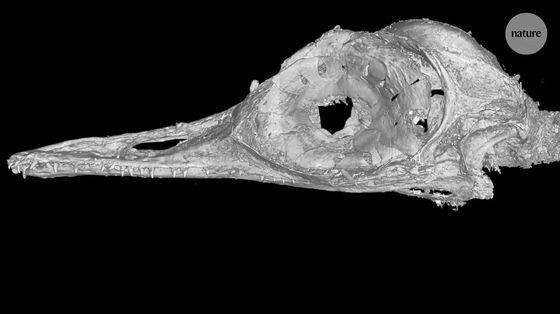
When you reproduce the head from the skeleton, it looks like this.
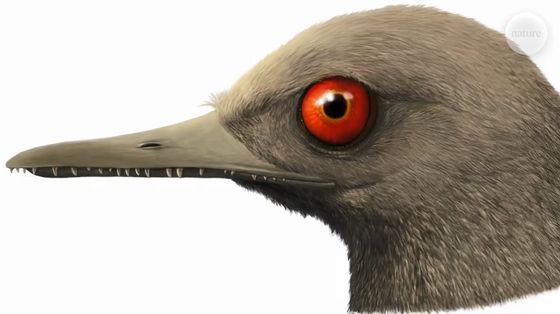
From the results of a survey of the skeleton of the head ...
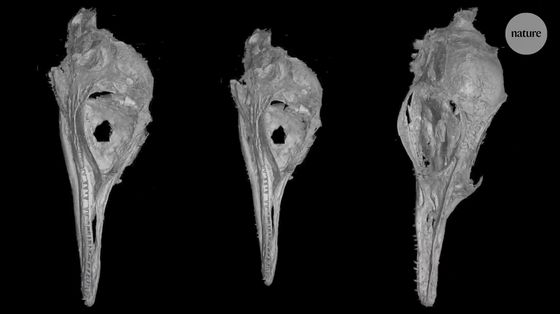
It is speculated that Oculudentavis khaungraae preyed on small insects.
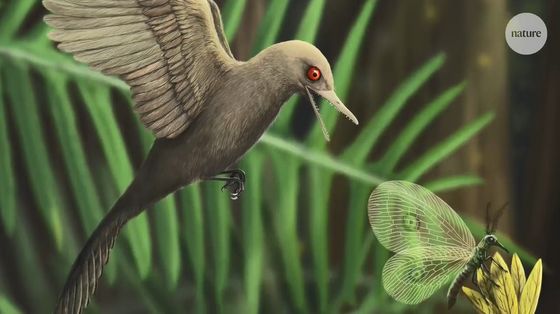
Unlike large dinosaurs, small dinosaurs rarely remain in fossils ...

The traces contained in amber are very important.

The amber discovered this time has a hole that seems to have been opened by a bivalve, and the head of Oculudentavis khaungraae has also been slightly damaged. Fortunately, however, most were intact.
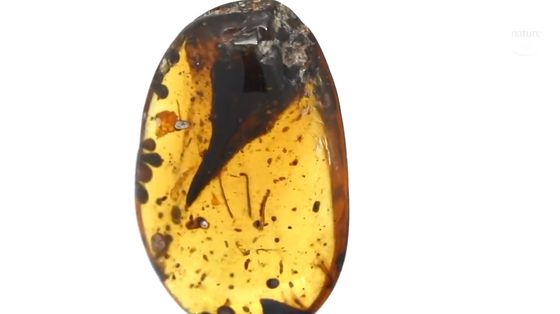
O'Connor said he hopes that future improvements in scanning technology will enable scientific analysis of soft tissue inside amber.
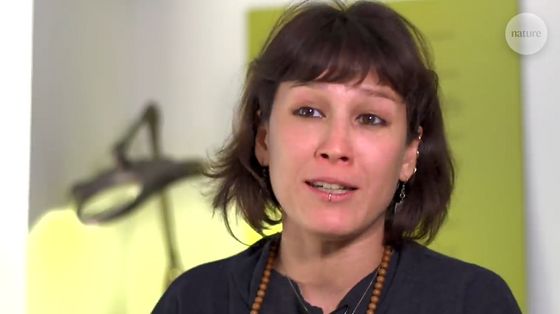
Regarding the reason why Oculudentavis khaungraae is so small, the team noted that it may be related to the fact that Myanmar was an isolated island at the time. Because animals living on small islands tend to be smaller, Oculudentavis khaungraae may be smaller than other dinosaurs. At the time of writing, it is unknown what evolutionary relationship Oculudentavis khaungraae had with other dinosaurs and early birds, but it is expected that more detailed information will be revealed through skeletal studies and the like.
Related Posts:



